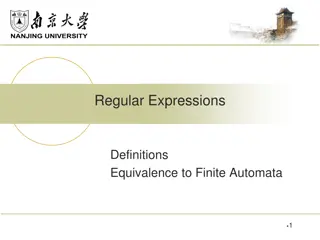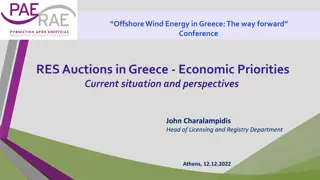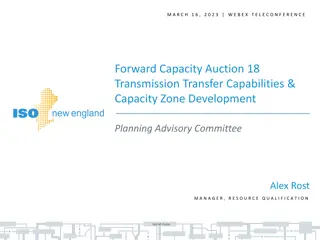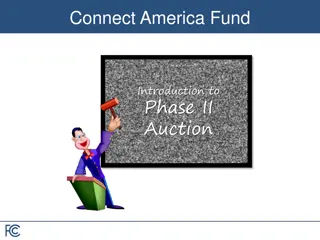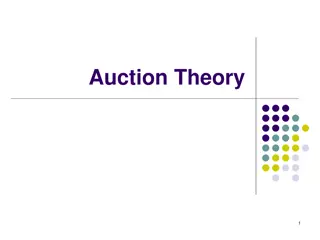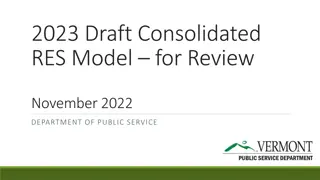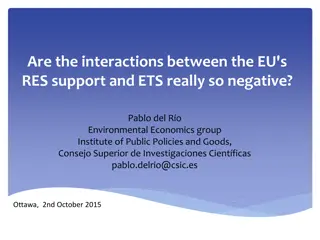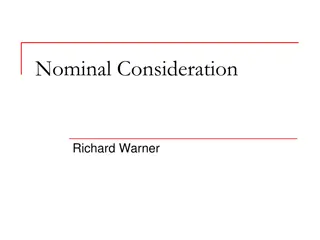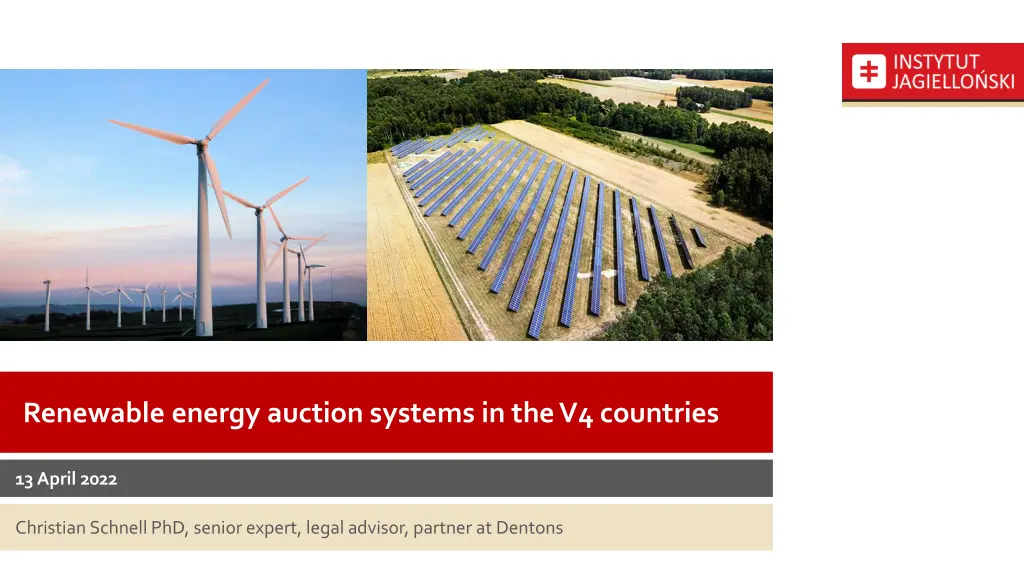
Renewable Energy Auction Systems in V4 Countries
Explore the legal basis and recent experiences of renewable energy auction systems in V4 countries like Poland and Hungary. Learn about EU guidelines, operational support, and developments in renewable energy targets and incentives. Discover the German Easter Package's initiatives towards net-zero power generation by 2035.
Download Presentation

Please find below an Image/Link to download the presentation.
The content on the website is provided AS IS for your information and personal use only. It may not be sold, licensed, or shared on other websites without obtaining consent from the author. If you encounter any issues during the download, it is possible that the publisher has removed the file from their server.
You are allowed to download the files provided on this website for personal or commercial use, subject to the condition that they are used lawfully. All files are the property of their respective owners.
The content on the website is provided AS IS for your information and personal use only. It may not be sold, licensed, or shared on other websites without obtaining consent from the author.
E N D
Presentation Transcript
Renewable energy auction systems in the V4 countries 13 April 2022 Christian Schnell PhD, senior expert, legal advisor, partner at Dentons
Legal basis: Energy and Environment Aid Guidelines (EEAG) EEAG must be followed in case of granting state aid All EU member states are obliged to grant operative support in a competitive bidding process, obligation is applicable from 2017 for all new investments with at least 1 MW installed capacity Aid shall be granted as a premium in addition to the market price (fixed premium or contract for difference with a pay-back obligation in case of market prices exceeding the bid price) RES installations shall sell its electricity directly in the market and take balancing Risk The bidding process can be limited to specific technologies where a process open to all RES installations would lead to a suboptimal result, for example the need to achieve technical diversification or network constraints/grid stability Support systems already notified prior to 2017 can be continued
V4: Recent experience with auction support systems Only Poland and Hungary have for the time being implemented RES auction systems, Poland experienced 7 auction rounds and Hungary 5 auction rounds The praxis has shown that auction systems are well designed for intermittent RES installations which compete with success in the same auction basket In case administrative hurdles, e.g. planning law restrictions or grid connection constraintsblock one of the technologies only projects using the same technology compete between each other With fuel based RES technologies, e.g. biomass and biogas plants but also small hydropower plants recent experience has shown that a competitive bidding system is not effective due to lack of installations being eligible for auction and therefore competition is missing Consequently, changes of the support system to a feed-in tariff below 500 kW and feed-in premium without bidding process until 1 MW capacity have been introduced Offshore wind requires an extra auction system and for developed projects individual notification of state aid
The German Easter Package - until 2035 to Net-Zero power generation Operative support for energy cooperatives & clusters granted without tenders for up to 6 MW solar PV and 18 MW onshore wind RES general target 2030 Increase from currently 42% to min. 80% of gross power generation No further decrease of ceiling prices for the next two years HIgher ceiling prices for low wind areas Innovative auctions (PV + battery storage) receive contract-for-difference support Onshore Wind 56 GW New 2030 target of 115 GW No limitations in size of pilot projects New auctions for RES + hydrogen production New 2030 target of 215 GW Solar PV 59 GW Higher incentives for solar PV combined with agricultural use and floating PV New development equally split between rooftop and ground- mounted solar PV Pre-investigated sea areas receive contract-for- difference support New targets: 2030 30 GW, 2035 40 GW, 2045 70 GW New non-investigated sea areas receive support based on qualitative criteria Offshore Wind 7 GW Rooftop feed-in tariff wil be increased, rooftop own-consumption faces decrease of incentives Source: BMWi, Dentons
The future: sector coupling. Direct electrification Electrolysis Heat pumps e-mobility Methanisation Hydrogen Hydrogen Ammonia Wood biomass Agricultural biomass



